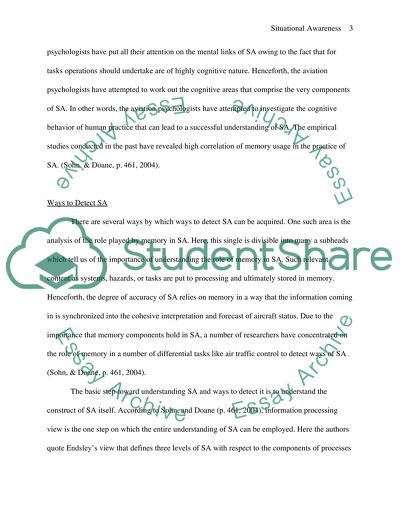Cite this document
(“Situational Awareness Essay Example | Topics and Well Written Essays - 1500 words”, n.d.)
Retrieved from https://studentshare.org/miscellaneous/1508786-situational-awareness
Retrieved from https://studentshare.org/miscellaneous/1508786-situational-awareness
(Situational Awareness Essay Example | Topics and Well Written Essays - 1500 Words)
https://studentshare.org/miscellaneous/1508786-situational-awareness.
https://studentshare.org/miscellaneous/1508786-situational-awareness.
“Situational Awareness Essay Example | Topics and Well Written Essays - 1500 Words”, n.d. https://studentshare.org/miscellaneous/1508786-situational-awareness.


